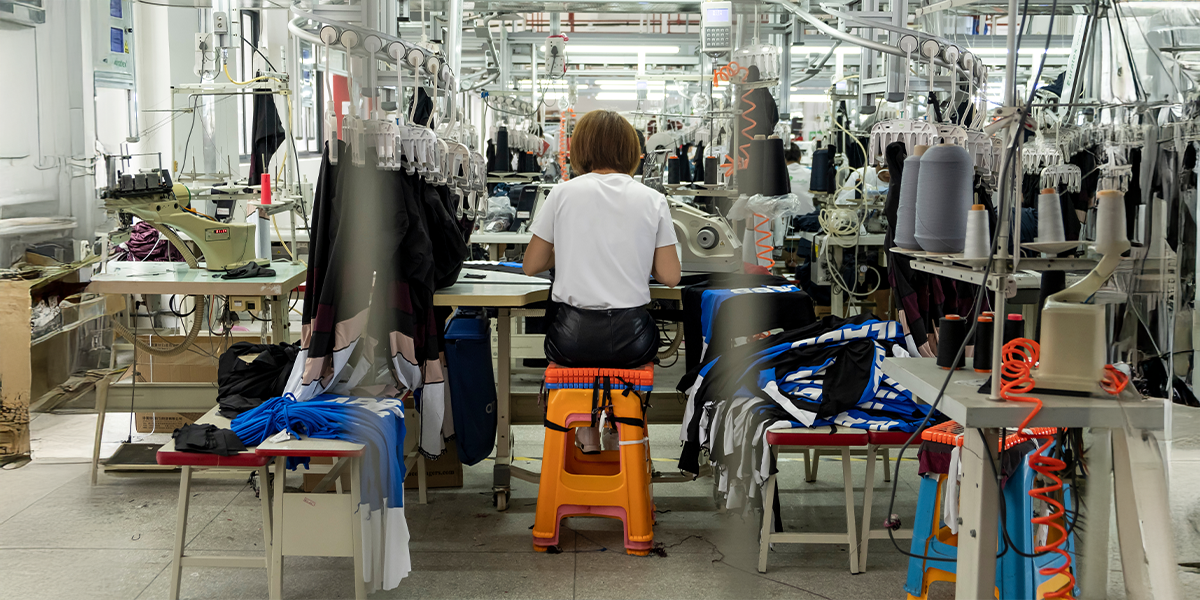Summary:
Using SATO's RFID-enabled system, a global medical technology provider eliminated manual pallet tracking in their sterilisation process. The result: real-time location visibility, regulatory traceability, reduced labour costs, and a safer, faster sterilisation workflow.
Background
How do you ensure traceability, accuracy, and compliance in sterilisation workflows across complex healthcare logistics?
In Australia and New Zealand, sterilisation traceability is under increasing regulatory scrutiny. The Therapeutic Goods Administration (TGA) and Medsafe NZ require demonstrable compliance with sterilisation protocols, including validated cleaning, tracking of reusable instruments, and full audit trails for high-risk devices.
In fact:
-
TGA guidance stresses the importance of “documented traceability” in all critical medical device reprocessing
-
NZ’s Ministry of Health has identified asset-level traceability as essential to national healthcare supply chain reform
Despite this, traditional warehouse tracking methods, especially those relying on manual pallet logs or barcode scans, introduce operational risks such as:
-
Missed compliance documentation
-
Delayed visibility into sterilisation stages
-
Errors in locating critical items mid-process
With infection control and traceability under growing scrutiny, particularly in hospital sterilisation departments and logistics hubs, accuracy and automation are now critical.
Business Challenge
A global medical manufacturer and supplier—supporting hospitals, pathology labs, and clinics worldwide—was facing challenges commonly seen in ANZ healthcare supply chains:
-
Manual pallet tracking between sterilisation zones.
-
Time-intensive labour is required for documentation and audits.
-
Lack of real-time visibility into pallet location or sterilisation status.
-
High overheads and increased risk of non-compliance due to human error.
In an environment where a single mislabelled tray could jeopardise patient safety or trigger a regulatory breach, manual methods were unsustainable.
Labour was another key concern: healthcare warehouse and logistics roles in Australia saw a 13.7% job vacancy rate in 2023, contributing to delays and fatigue.
SATO’s RFID Solution
![]()
SATO deployed an RFID-based pallet tracking system that transformed sterilisation logistics without disrupting existing infrastructure. Key components included:
-
RFID tags affixed to pallets entering the sterilisation workflow
-
RFID gantries* installed at sterilisation chambers and key checkpoints (e.g., between unclean, sterilised, and storage areas)
-
Real-time updates as pallets moved between zones, enabling instant traceability
-
Zone-level status tracking to indicate sterilisation completion or in-progress status
This system offered full visibility and accountability across sterilisation, reducing risk while improving efficiency.
*An RFID gantry is a gate-like structure fitted with RFID readers and antennas that automatically detect tagged assets as they pass through, logging movement and status without manual input.
Real Results Achieved
| Benefit | Outcome |
|---|---|
| Sterilisation Accuracy | ✔ Improved traceability and zone visibility |
| Regulatory Compliance (TGA/Medsafe) | ✔ Full audit trail with real-time process data |
| Labour Efficiency | ✔ Reduced manual logging and reporting time |
| Operational Productivity | ✔ Faster throughput with fewer process interruptions |
| Cost Reduction | ✔ Lower manpower costs in warehouse and QA functions |
Why It Matters in Australia & New Zealand
Healthcare supply chains in Australia and NZ are under growing pressure to:
-
Eliminate human error in sterilisation tracking
-
Meet escalating documentation requirements from the TGA and Medsafe
-
Maintain cost control and service delivery despite workforce shortages
A 2023 GS1 Australia report found that 89% of healthcare logistics stakeholders consider real-time tracking essential to future regulatory compliance. RFID automation, especially in high-touch processes like sterilisation, is quickly becoming competitive and imperative for compliance.
SATO’s RFID solution enables faster, safer workflows without costly OMS or WMS replacement.
Useful Links & ANZ Insights
-
TGA (Therapeutic Goods Administration) – Sterilisation of Medical Devices - Outlines sterilisation standards and compliance expectations for Australian manufacturers and suppliers.
-
Medsafe NZ – Medical Device Regulations - Details compliance requirements for medical device handling, storage, and traceability in New Zealand.
-
Australian Commission on Safety and Quality in Health Care – Reprocessing Standards - Reinforces the importance of traceable, documented sterilisation procedures in clinical settings.
- Australian Industry and Skills Committee – Supply Chain Skills Forecast
-
GS1 Australia – RFID in Healthcare and Supply Chain - Highlights use cases for RFID and barcode technology to improve traceability, compliance, and inventory management.
-
Deloitte – 2024 Global Healthcare Outlook - Notes rising pressure on health systems to adopt digital solutions for cost and compliance management.
Final Takeaway
If you're managing sterilisation, warehousing, or compliance workflows in healthcare or medical supply chains across Australia or New Zealand, manual tracking methods are no longer enough.
SATO's RFID-enabled pallet tracking system offers:
-
Real-time visibility
-
Audit-ready traceability
-
Reduced labour burden
-
Improved compliance with TGA and Medsafe standards
Best of all, it integrates with your existing systems — no major infrastructure overhaul required.
Digitise your sterilisation process today.
Let SATO help you enhance safety, accuracy, and productivity across your medical supply chain.





Comments